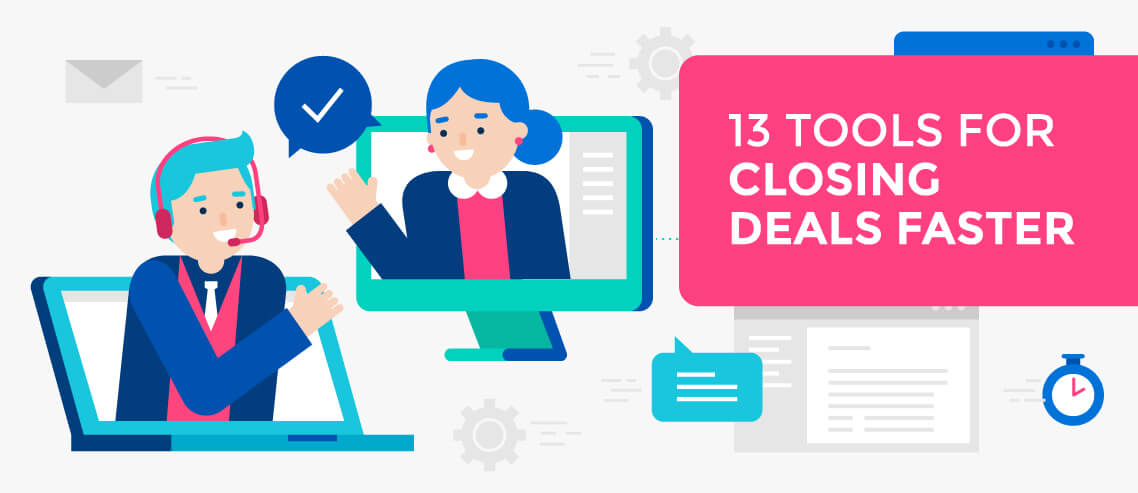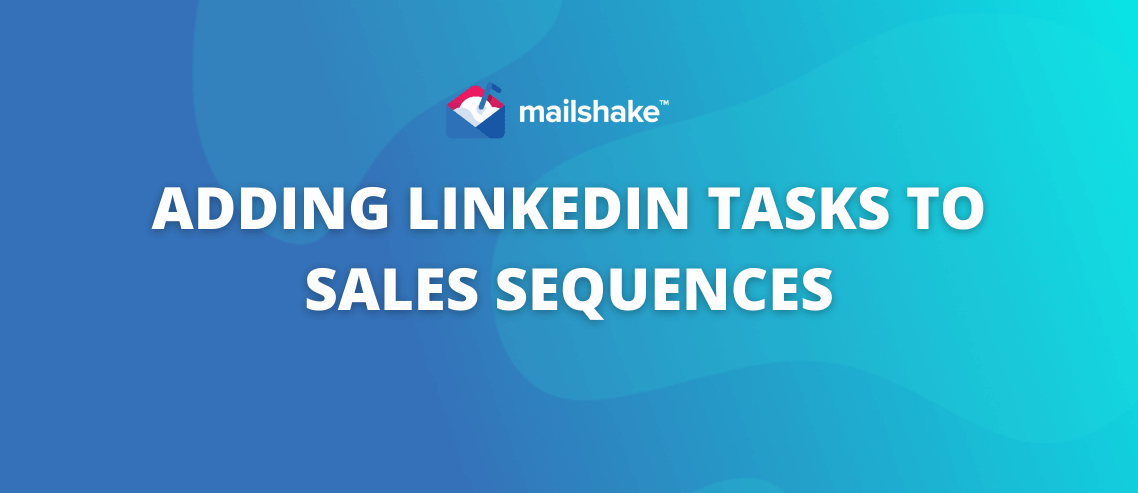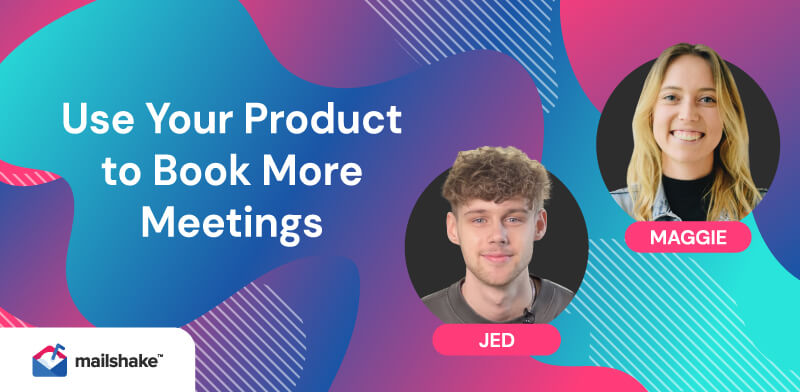Sales Process Mapping: What It Is and How to Do It

Contents
When it comes to sales and revenue, you need a plan. You need a sales process. And to keep it consistent, you need to map it out and make it available to everyone involved.
Have you done that?
What is a sales process?
A sales process is the explicit steps taken at each stage of the buyer’s journey to get prospects from one to the next, and to eventually convert them to paying customers.
However, having four different sales processes for four different individuals or departments is a waste of time. You need consistency. You need everyone on the same page.
And that’s where sales process mapping comes in. With it, you lock down the steps. You create a detailed guide that everyone can access and utilize no matter who they are or where the prospect they’re dealing with is in the grand scheme of things.
It might be linear, or more realistically, it’ll be a flowchart that explains what should happen if they do A versus B at every decision point.

Once created, implemented, and used across your business, a sales process map will reduce the time it takes to move a prospect through it. It’ll give your salespeople greater confidence in dealing with customers and their objections.
Mapping Your Sales Process
It’s important to note that your sales process may not look like anyone else’s, and that’s okay. A sales methodology can be used across many companies and industries. A sales process can be incredibly specific and unique to you and your customers.
Start at the End
You need to start with the end in mind – a clear, concrete goal. Don’t get hung up on this part, though. Your goal may be expanding your reach, increasing sales by X%, customer retention, or reaching a specific dollar amount by a certain date. Keep it simple.
Planning any route requires knowing where you want to end up. What’s your goal? Once you know that, it’s easier to identify the steps or turns it takes to get there.
Include All Stakeholders
Pop quiz: Sales involves just the sales department – true or false?
Of course it’s false. Every sale is the result of a genuine team effort, involving various combinations of marketing, customer service, sales, distribution, IT, and so on depending on your product and niche.
From prospecting, nurturing and converting to follow-up, retention, and advocacy, what departments and individuals are involved at each stage?
In order to accurately map your sales process, you need to talk to and involve all stakeholders. Everyone should have a voice. Plan to get everyone together, or schedule meetings with each department individually.
Collect the Steps
Just stating the obvious here, but the point of meeting with everyone is to collect the specific steps they take to get from A to B. What steps do they take to quickly and effectively do whatever needs to be done to slide that prospect further down the funnel?
Additionally, look at the actual steps involved for your last X number of sales.
How did they play out? They might deviate from the typical, but it’s important to examine those outliers. Did everything go according to plan, or were there unexpected bumps in the road? If so, how did you deal with them?
Consider the time between each step and time from start to finish. What do the faster sales have in common? Can you replicate that?
Maintain a help-first, customer-centric mindset, and map the process that is happening, not what you think should happen.
Align Steps With Stages of the Buyer Journey
Prospects need different things at different stages of their journey through your sales funnel. Awareness, consideration, decision, advocacy. Prospect, connect, research, present, close. No matter how you describe or label it, make sure you know what it is.
Who are your prospects (make sure you’ve got detailed customer personas at the ready)? What do they need at each level?
Most importantly, what are the specific triggers that move most from one stage to the next? Look at your historical data. Identify those “Eureka!” moments that compel prospects to advance. Highlight those.
What obstacles or friction caused the biggest exodus? Eliminate or reduce them.
Find those items, moments, features, or offers that motivate people to buy. Get rid of everything that trips them up.
How to Build a Sales Process Map
Mary Goethe, CEO of Sales BQ®, shares her 4-step process for building a sales process map.
What information do you need to include? The most effective sales process maps include 4 pieces of information:
- Name of each stage
- Definition of what allows a deal to be in each stage
- Details of what happens in this stage
- Checklist of what must be accomplished for the deal to move to the next stage
Now, let’s look at the 4 steps you’ll take to build an effective sales process map.
Step 1: Define the starting point
The first step in building your sales process map is to decide where you’d like to start the process map, be it top of funnel (which may be considered more of a marketing function) or at the first sales interaction, be it prospecting or qualification on an inbound.
Step 2: Name your stages

Second, name your stages. Here is an example of an expanded sales process map’s stages:
- Brand awareness
- Brand engagement
- Marketing qualified lead
- Sales interaction
- Sales qualified lead
- Discovery / needs analysis / requirements gathering
- Demo / solution presentation
- Proposal / estimate / quote
- Verbal agreement
- Contract signed
- Implementation
- Go live / start
- New client
- Existing client
Step 3: Define each stage
Next, define each stage and clearly indicate how a deal moves into this stage, what happens during the stage, and what needs to happen for it to move out of this stage.
Here’s what you need to think about for each stage of the sales process map.
Brand Awareness
Owned by Marketing, this involves strategic placement of the brand in front of the target audience through multiple channels and methods, not limited to traditional or digital advertising, SEO, mailers, trade shows, and email marketing.
Brand Engagement
Once a buyer interacts with the brand, it’s considered engagement. This might be a buyer’s activity on a website, like submitting a contact us form, downloading white papers / case studies / brochures, or communicating with a chat bot.
Other brand engagement examples include participating in a marketing-promoted informational webinar, responding to a marketing email or mailer, or asking for more information.
Marketing Qualified Lead
Engagement turns into a marketing qualified lead once minimum qualification requirements are met.
This is different for every company. Perhaps you want to confirm the buyer meets your geographic and demographic requirements, like location, size of company, and industry.
Once the lead is deemed qualified by marketing, it is passed to the sales team.
Sales Interaction
The first interaction the sales team has with an MQL should be to further qualify or disqualify the buyer. This may also be the first stage of your sales process map if you’re choosing to exclude marketing and begin with the sales team’s process.
The sales team should be trained to know the psychographics that make up an ideal client. Most common, sales teams should learn what pain or problem the buyer is looking to solve, confirm they have budget, understand the timeline, and the decision process.
This stage might be broken into sub-tiers that outline all sub-stages of outbound prospecting, including using social platforms like LinkedIn, outbound email prospecting, networking, telemarketing, in-person drops, or cold calls.
To move from sales interaction to the next stage, sales-qualified lead, the minimum requirements must be met.
Sales Qualified Lead
All deals in this stage have been deemed qualified but are waiting for further discovery to be scheduled and conducted.
Discovery / Needs Analysis / Requirements Gathering
Once the discovery meeting is scheduled, the deal shows active in this stage.
Depending on the complexity of your sale, a deal may stay in this category for a while. It’s not uncommon for multiple discovery meetings to be needed in order to gather all requirements to set up the deal for success in the demo / solution presentation stage.
Once all requirements are gathered and the demo is scheduled, the deal can move to the next stage.
Demo / Solution Presentation
Many deals are given a presentation prematurely. Set clear requirements on when a deal receives a demo or solution presentation.
RELATED: The Anatomy of a Great Sales Pitch (With Examples)
This stage requires preparation by the sales engineer or technical lead. The rep should engage in pre-demo strategy planning to ensure the sales engineer is completely in the know on what to demo or present, avoiding a lengthy canned demo that loses the buyer’s interest.
Proposal / Estimate
Once the solution has been presented or demoed, a price proposal or estimate needs to be created.
Clearly outline the steps for proposal creation here. Many teams rely on an estimator or a technical lead to produce estimates or quotes. The deal remains in this stage until the proposal is presented to the buyer and a verbal agreement is received or the deal is confirmed lost.
Verbal Agreement
After the proposal delivery, a verbal agreement should be secured with a clear outline and understanding of the contract process. Most deals sit in this stage for a short period of time, as a verbal agreement leads directly into the contract-signed stage.
Contract Signed
A deal cannot progress into this stage until the contract is signed. This is a placeholder stage between verbal agreement and implementation, indicating the contract is signed and the deal is transitioning into implementation.
Implementation
Some companies have short implementation periods and some have lengthy, extensive implementation processes.
Outline the subcategories of implementation in this stage, including what is required at each step — like information gathering, system testing, training, beta, side by sides, and audits.
The deal stays in this stage until it is confirmed “live” on the new product or service.
Go Live
Once a deal is confirmed live on your product or service, the deal is moved to this stage. Typically, this stage triggers a commission payout or quota relief, unless that takes place when the new deal is signed or submitted for implementation.
New Client
The new client stage is typically a probationary period where a new client is serviced by a special operations team or stays with the implementation team for a short period of time until they are confirmed up and running smoothly on the new product or service and don’t need any additional implementation type support.
A new client moves out of this stage once they “graduate” from their implementation or new client team.
Existing Client
Once a client is on your product or service for a determined period of time, they are no longer considered a new client and are now considered an existing client.
This stage should have multiple subcategories on how the client is supported for retention, up-sell, and referral solicitation practices.
Step 4: Visualize the flow
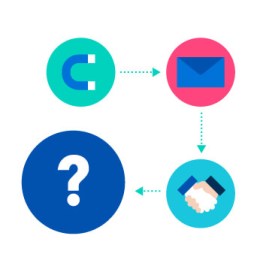
The last step in building your sales process map is to create an easy-to-follow visual.
Once the sales process map has been made into a graphic, you need to ensure every team member understands the flow, the CRM mirrors it, and each team member is managed to it, so you maintain continuity amongst business practices.
Track, Measure, and Manage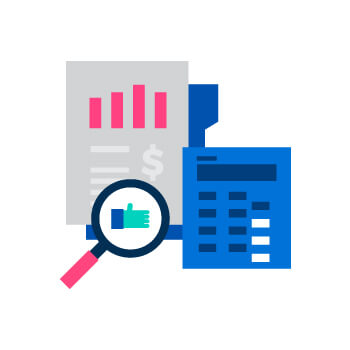
This is good advice no matter what you’re doing. If you’re not tracking it, you really have no idea how well it’s doing.
That which gets measured, gets managed.
Identifying the steps and mapping out the process is good. In fact, it’s crucial. But if you’re not also tracking and measuring performance, you might be on the wrong track and you’ll never know it.
Instead – while mapping out your sales process – decide what metrics and KPIs you’re going to focus on and track. How will you measure the success of the process? What does ‘success’ even look like?
Common ones include sales cycle length, conversion rates, sales eligible lead delivery, first response time, churn, retention, sales revenue, and more.
Build them into your map from the ground up.
Common Mistakes to Avoid In Sales Process Mapping
While you’re collaborating with others to draft a sales process map that works for everyone, it’s a good idea to be aware of the common mistakes and pitfalls.
The more you identify, the more you can avoid. For example:
- Steps are too vague and/or ambiguous. You want anyone to be able to look at the map and know exactly what to do at each point. Be specific, write it down, and share with everyone.
- Too many details or steps. While specificity is key, it’s easy to get bogged down in details and minutiae. Don’t. Give enough detail to be clear, but no more. Include steps to be taken for the 1-2 typical outcomes, and that’s it. Details and steps should not take the focus off your goals.
- Not putting the customer first. No matter your business or niche, the customer and their needs should dictate and guide your decisions. Good for you but neutral or bad for them? Get rid of it. You need to provide clear value and benefit to them at every step, even when they say no.
- Steps are not actionable. Like any goal, you need steps you can actually achieve in order to reach them.
- Trying to fit your process to your map instead of mapping your process. You want a map that accurately reflects what’s actually happening ‘in the trenches’. Creating a map for a process you want to see or believe should be playing out and trying to cram your sales process into it is a complete waste of time. It’s counter-productive at best.
To err is human, but you can avoid most of the common mistakes if you keep a keen eye out for them from the get-go. Catch them before they take over.
A sales process may encompass more than one sales methodology. It may have branches going off in different directions. It should include what happens when someone says and means ‘no’, while also appreciating that many consumers (80%, in fact) say ‘no’ several times before ultimately saying ‘yes’.
By working closely with every stakeholder, every department, and every involved individual during the mapping stage, your sales process is going to be exactly that: yours.
No one knows your customers and your products better than the people dealing with them at every stage, from prospect to customer to cheerleader.
A sales process map should be a living, breathing document. It is not carved in stone. Track the metrics and KPIs that matter. Evaluate frequently. Get feedback from those using it out in the real world.
Map, yes. But be prepared for the occasional detour. It can take you to some spectacular places you might’ve otherwise missed.
Why You Need a Sales Process Map

A sales process map unites everyone who is part of the client acquisition process. It helps teams gain clarity on how each deal progresses, and it defines how revenue is tracked.
To take it one step further, high-performing sales departments use the conversion-tracking information (how many deals covert to the next stage)
- To build reverse funnels that back into the annual quota number
- To understand how many actions need to take place to get enough qualified opportunities in the top of funnel to convert to closed business
But it all starts with the 4 steps I’ve laid out in this article. So what are you waiting for? If you haven’t already, map out your sales process today.


